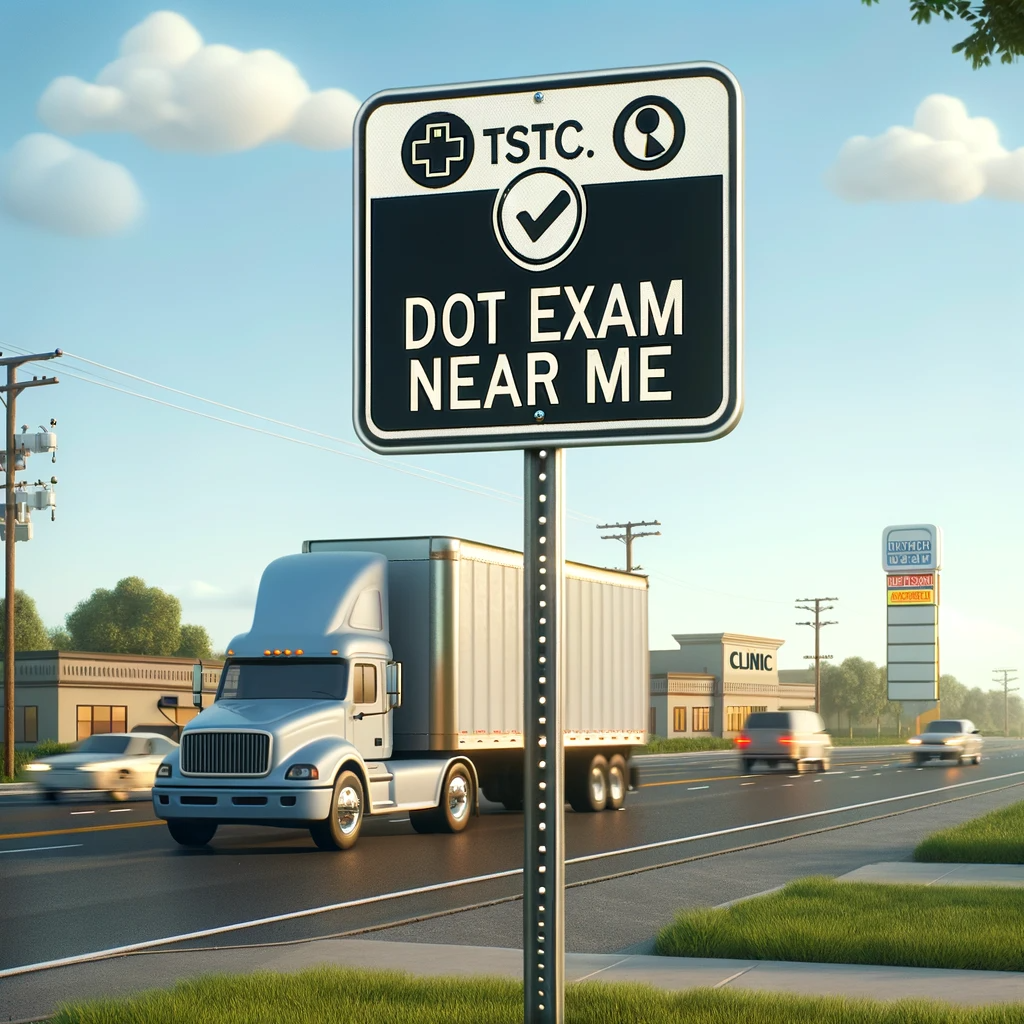Wondering how long does a DOT physical take? On average, you can expect the exam to last 30 to 45 minutes. This includes filling out medical forms, undergoing the physical assessment, and receiving your certification. We’ll also cover factors that might affect the duration and what steps are involved in the exam.
Key Takeaways
- A DOT physical typically lasts between 30 to 45 minutes, covering necessary paperwork and evaluations.
- Factors such as medical history and current health conditions can extend the duration of the exam.
- Drivers must prepare by gathering documents and managing health conditions, as the exam plays a crucial role in ensuring road safety.
Average Duration of a DOT Physical
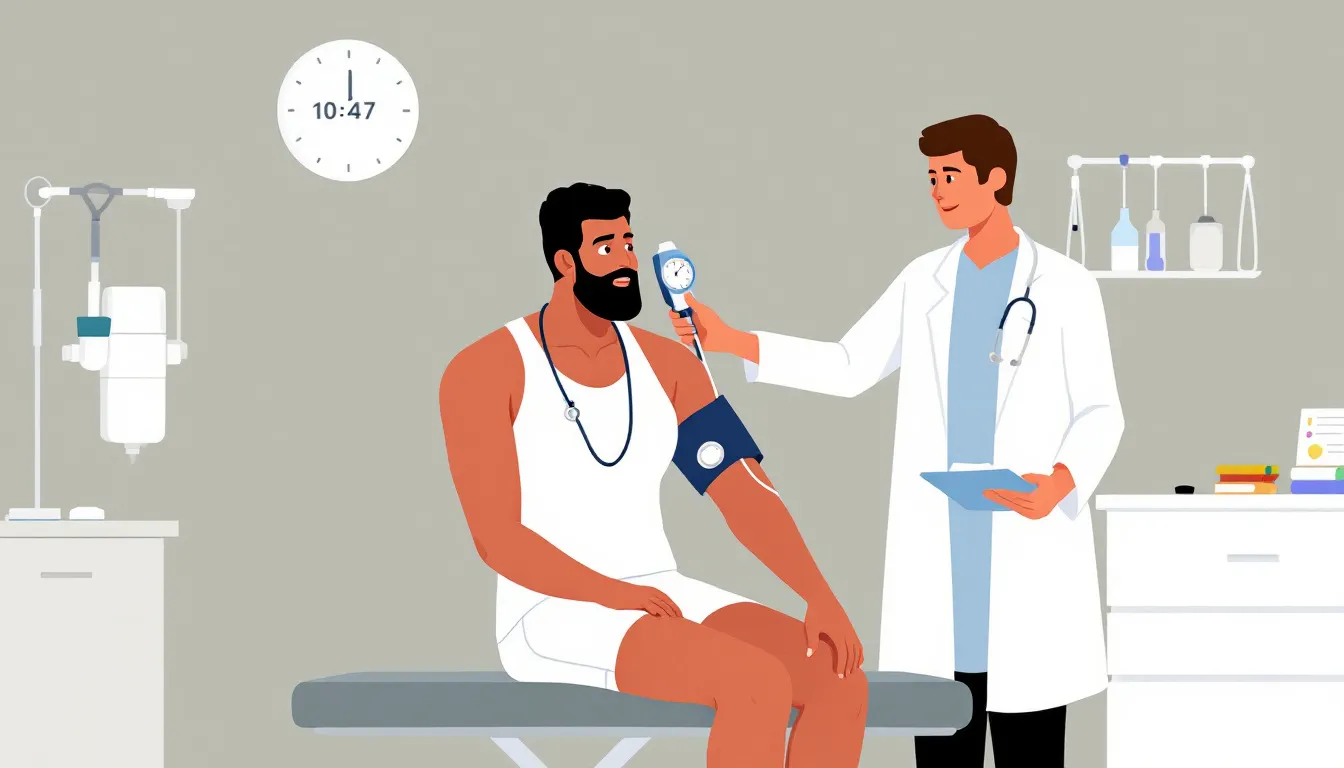
When planning for a DOT physical exam, one of the first questions you might ask is, “How long does a DOT physical exam takes?” Typically, the duration ranges from 30 to 45 minutes. This timeframe includes the completion of forms, the physical examination, and the issuance of the medical certificate. Knowing this can help drivers and employers plan their schedules accordingly, ensuring minimal disruption to their daily routines.
A standard DOT physical generally requires about 45 minutes to complete. This period covers all necessary procedures and paperwork, ensuring that the driver meets the Department of Transportation’s (DOT) health and safety standards. Understanding this typical duration helps set realistic expectations and reduces the anxiety associated with the process.
Factors Affecting the Length of a DOT Physical
While the average duration of a DOT physical is around 45 minutes, several factors can affect how long the exam actually takes. One significant factor is the driver’s medical history. If there are chronic diseases or health issues that need to be discussed, the examination may take longer due to the need for a thorough evaluation.
Current health conditions can also extend the duration of the physical exam. For example, if the examiner identifies issues that require additional assessments or further medical scrutiny, this can add time to the process. Ultimately, both medical history and current health conditions can impact the length of a DOT physical, making it essential for drivers to be prepared for potential delays.
Steps Involved in a DOT Physical Exam

A DOT physical exam is a systematic process designed to ensure that commercial drivers are in good health and capable of safely operating their vehicles. The exam includes several key steps, each aimed at assessing different aspects of the driver’s health. These steps include a health history review, vital signs check, vision and hearing tests, a comprehensive physical examination, and a urine test. Additionally, the dot exam includes these essential evaluations, including a dot physical examination, dot physical examinations, and dot physical exams.
Each of these steps is crucial in determining whether a driver meets the DOT’s health and safety standards. Knowing what each step involves allows drivers to prepare adequately and understand the process. Here are the key steps.
Health History Review
The health history review involves discussing your past medical conditions and any current medications with the examiner. This helps identify any health issues that might affect your driving ability.
Openly discuss your health issues, recent diagnoses, and treatments. This transparency allows the examiner to make an accurate assessment and ensure you meet the DOT’s health standards.
Vital Signs Check
During the vital signs check, the examiner will measure your blood pressure and pulse rate. These readings provide crucial information about your cardiovascular health, important for safe driving.
The examiner will also check for irregular heartbeats. To help control your blood pressure, avoid caffeine and tobacco products for 24 hours before the exam.
Vision and Hearing Tests
Vision and hearing tests ensure drivers can see and hear well enough to operate a vehicle safely. The vision test requires a minimum visual acuity of 20/40 in both eyes and assesses peripheral vision, which must be at least 70 inches.
For the hearing test, the driver must hear a whispered voice from five feet away. If using a hearing aid, it must be worn while driving. Bring any necessary vision and hearing aids to the exam.
Physical Examination
The physical examination includes a thorough check of the heart, lungs, and neurological functions to ensure the driver is fit to operate a vehicle safely. Additionally, physical exams are essential for maintaining overall health.
Being well-rested minimizes stress and helps ensure better performance during the exam. A relaxed and prepared driver is more likely to pass without issues.
Urine Test
The urine test helps detect health issues like high sugar levels, which could indicate diabetes. Urinalysis is crucial for identifying conditions such as diabetes.
Stay hydrated to provide a urine sample. Drink plenty of water before your appointment to ensure smooth testing.
Preparing for Your DOT Physical
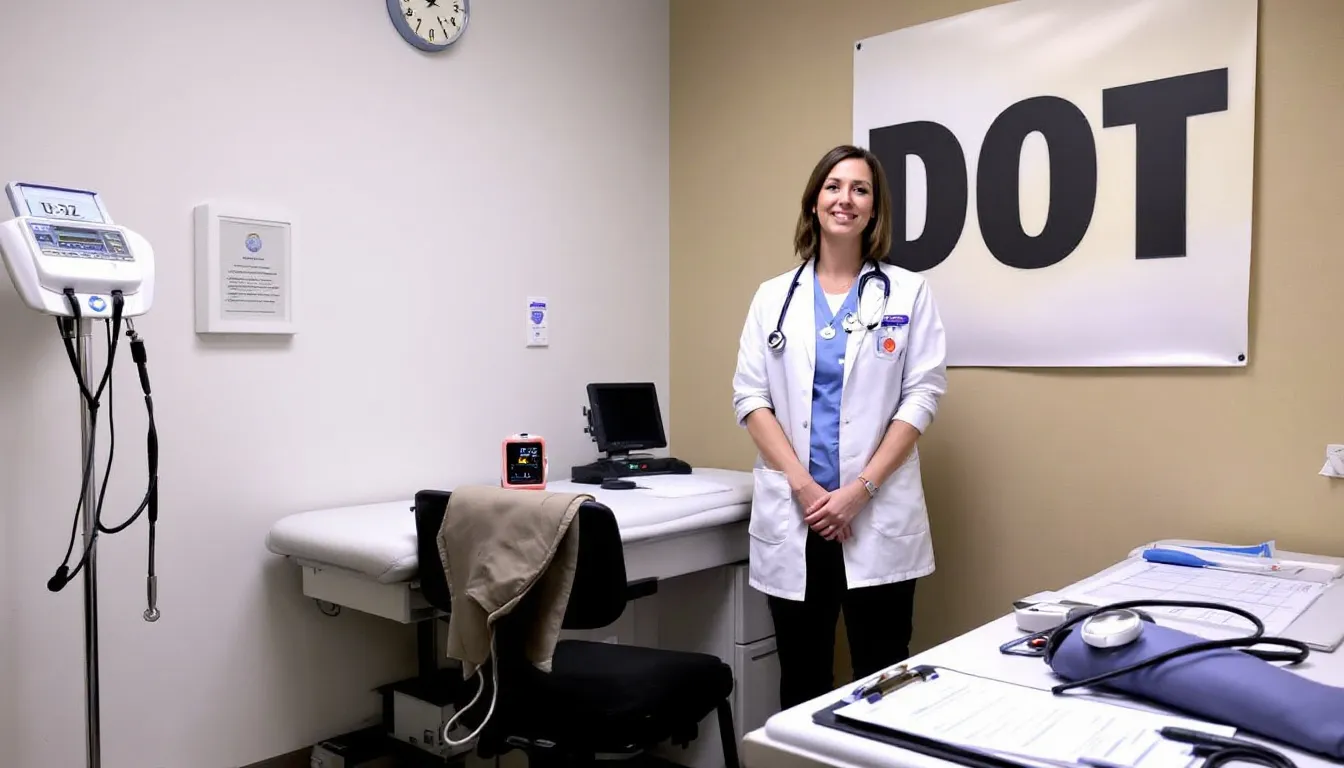
Preparing for your DOT physical involves gathering required documents like your health history questionnaire and a list of medications. This helps streamline the examination process.
Addressing any medical conditions that may disqualify you from driving is crucial. Proactively managing these conditions can improve your chances of passing the DOT physical and receiving certification.
What Happens After the DOT Physical?
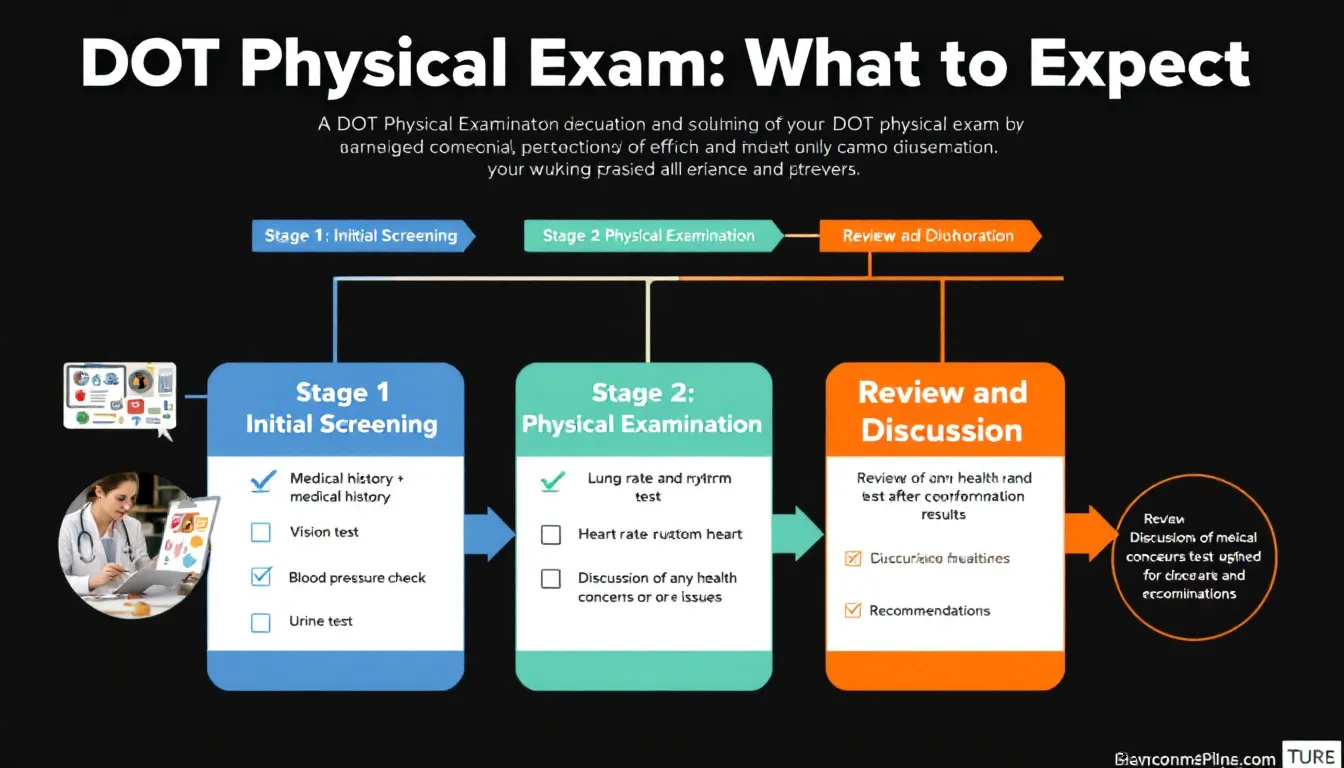
After the DOT physical, you’ll receive the results directly. If you pass, you get a DOT Medical Examiner’s Certificate (MEC). If a health issue is found, you may need further testing or treatment by a healthcare provider, and you may also receive a medical examination report.
In some cases, you may still qualify for a certificate if health issues are addressed or documented. If disqualified, the examiner will explain the reasons and address any questions.
How Often Do You Need a DOT Physical?
Commercial drivers typically need a commercial driver’s license and a DOT physical every two years. A successful certification is valid for 24 months but may be shorter depending on medical conditions.
Drivers with certain health conditions, like insulin-managed diabetes, may need annual certification. Adhering to these timelines maintains safety standards and regulatory compliance.
Why Is a DOT Physical Important?

The DOT physical ensures that commercial drivers meet safety and health standards set by the department of transportation. Its primary purpose is to confirm that drivers are healthy enough to drive safely, prioritizing public safety.
Conditions like high blood pressure can lead to shorter certification periods and more frequent evaluations. The exam aims to prevent accidents by identifying health issues that could impair driving ability.
Finding a Certified Medical Examiner
To complete your DOT physical correctly, find a certified medical examiner or medical examiners. Visit the FMCSA’s National Registry to locate a local provider.
The FMCSA’s National Registry lets users narrow searches by location, name, or business. Only certified examiners listed on the registry are authorized to conduct DOT physicals, ensuring compliance with standards.
Summary
In summary, the DOT physical exam is a vital requirement for commercial drivers, ensuring that they are fit to operate their vehicles safely. Understanding the average duration, factors affecting the length, and steps involved can help you prepare effectively and reduce any associated stress.
By following the guidelines provided and addressing any potential health issues proactively, you can improve your chances of passing the DOT physical and maintaining your certification. Remember, the goal of the DOT physical is to prioritize safety for both drivers and the public.
For a DOT exam in Charlotte NC, call the Charlotte DOT Exam Center at 704-544-3494. Appointments are appreciated and walk ins are accepted on a first come first serve basis. We are one of the most reasonably priced facilities in the Charlotte area.
Frequently Asked Questions
How long does a DOT physical exam take?
A DOT physical exam typically takes about 30 to 45 minutes to complete, including all necessary procedures and paperwork.
What factors can affect the length of a DOT physical?
The length of a DOT physical can be influenced by your medical history and current health conditions. These factors can lead to additional evaluations or questions, extending the overall duration of the examination.
What steps are involved in a DOT physical exam?
A DOT physical exam involves several key steps: reviewing your health history, checking vital signs, conducting vision and hearing tests, performing a comprehensive physical examination, and administering a urine test. Completing these steps ensures that you meet the necessary health requirements for driving.
How often do I need to undergo a DOT physical?
You typically need to undergo a DOT physical examination every two years, but it may be required more frequently depending on specific medical conditions.
Why is a DOT physical important?
A DOT physical is crucial because it confirms that commercial drivers are healthy enough to operate vehicles safely, which helps protect both the drivers and the public from potential accidents.

I am the administrator for the Charlotte DOT Exam facility, located in Charlotte NC. I oversee the facility services providing DOT exams in accordance with the standards of the FMCSA. We also provide DOT drug testing with MRO support when required. Drug testing can also be done for non-DOT exams such as pre-employment. In order to minimize wait times, I always encourage our clients to contact us first and make an appointment.
I would also suggest that each individual wanting to test for the CDL health card read the article “Preparing For Your DOT Exam” as it lists several things to bring to the test, such as CPAP usage reports and medicine lists.

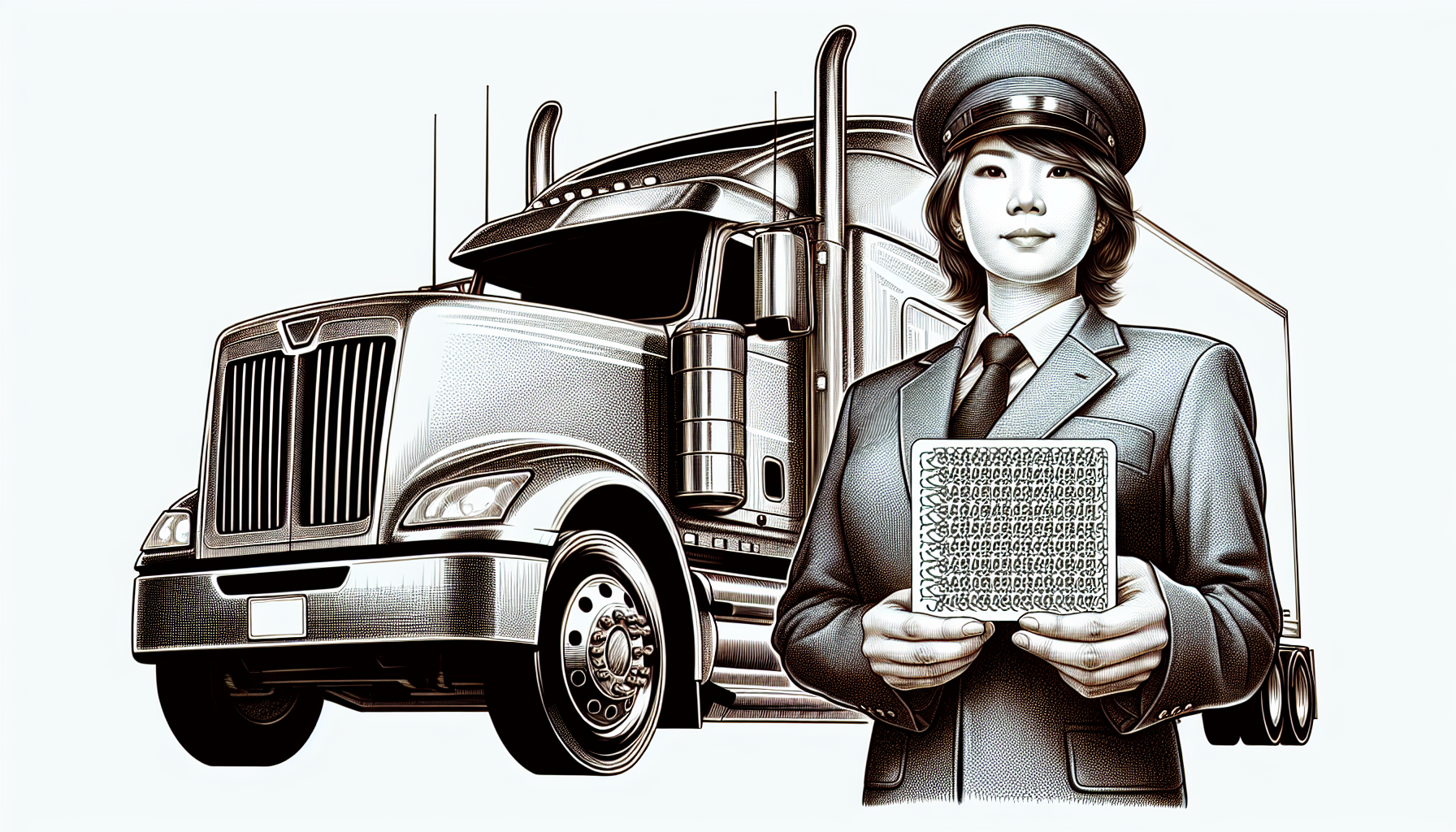

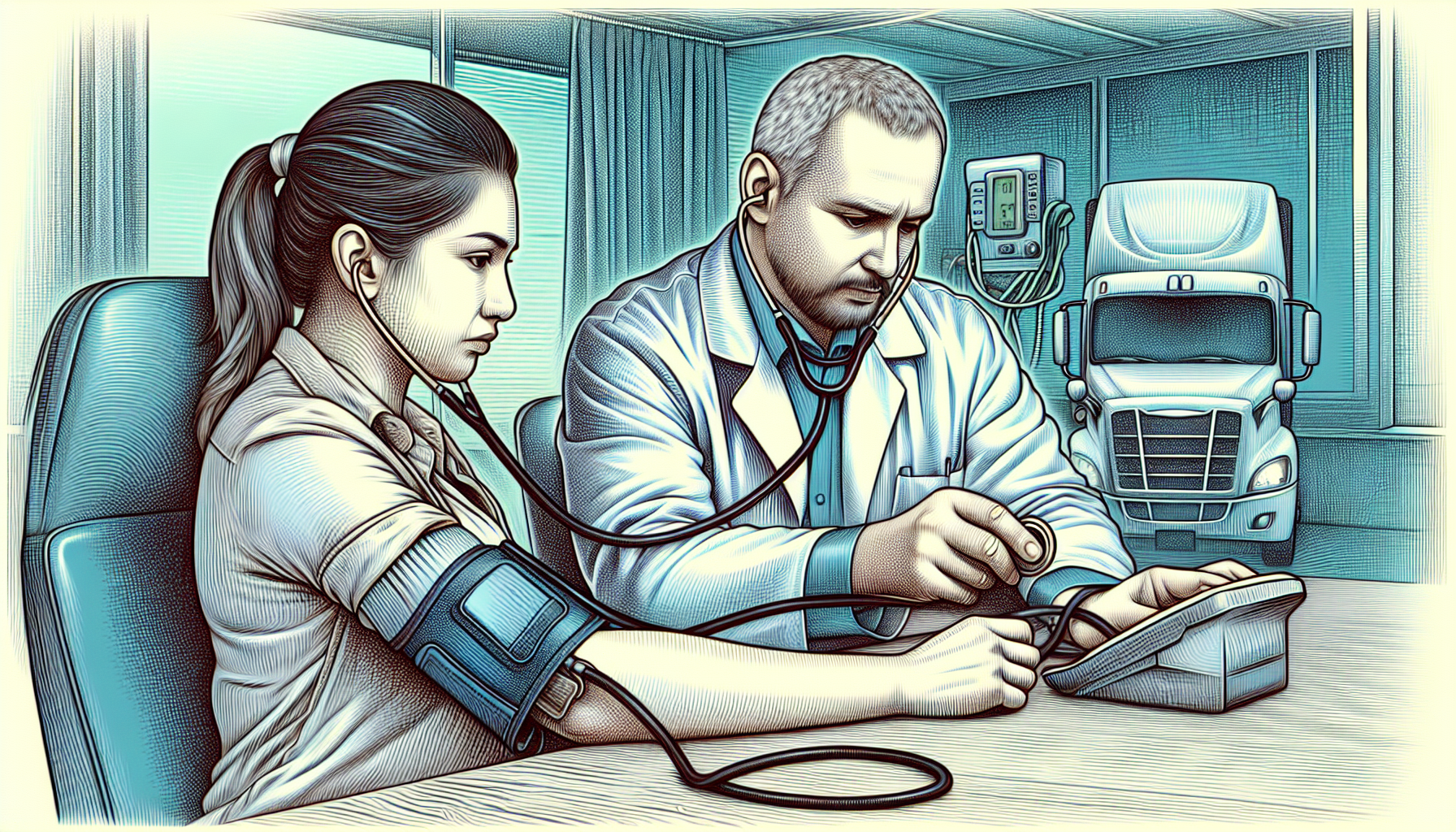
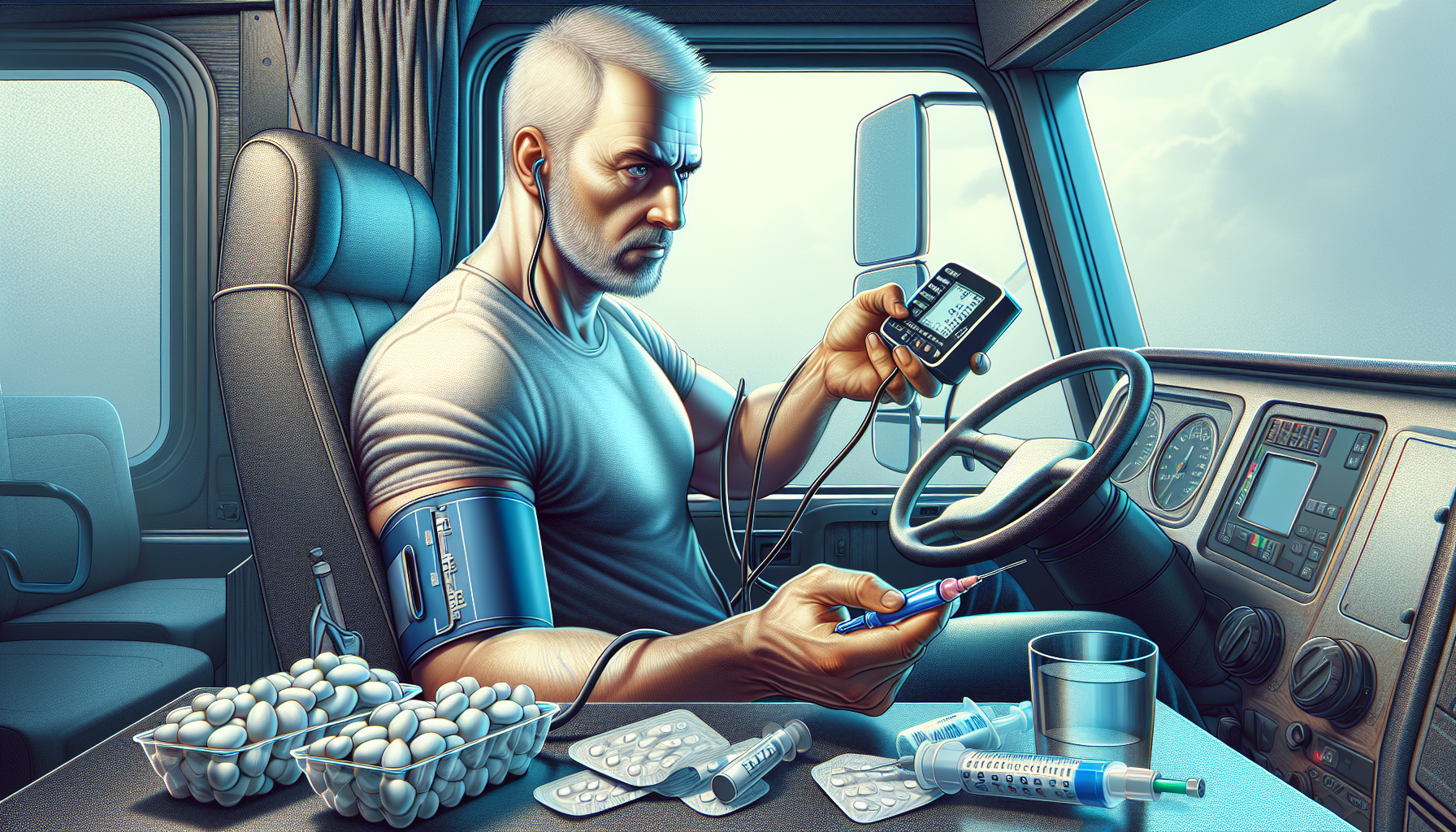



 For non-CDL operators, understanding and complying with DOT regulations is not merely about legal adherence; it’s about ensuring the safety and security of the driver, the vehicle, and the public. Staying informed and compliant with these requirements is an ongoing responsibility that demands diligence and commitment.
For non-CDL operators, understanding and complying with DOT regulations is not merely about legal adherence; it’s about ensuring the safety and security of the driver, the vehicle, and the public. Staying informed and compliant with these requirements is an ongoing responsibility that demands diligence and commitment.